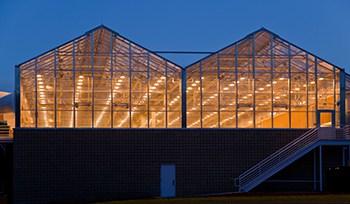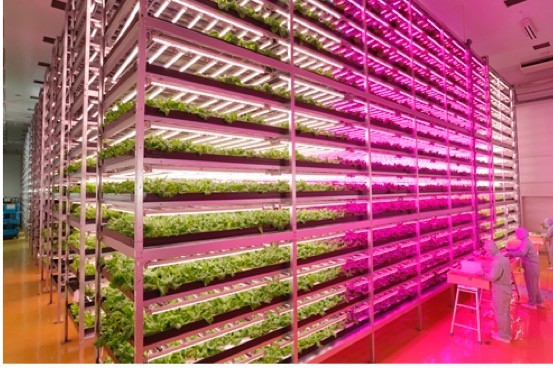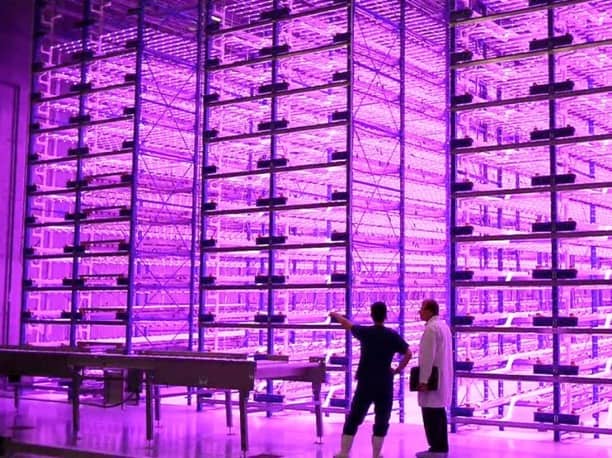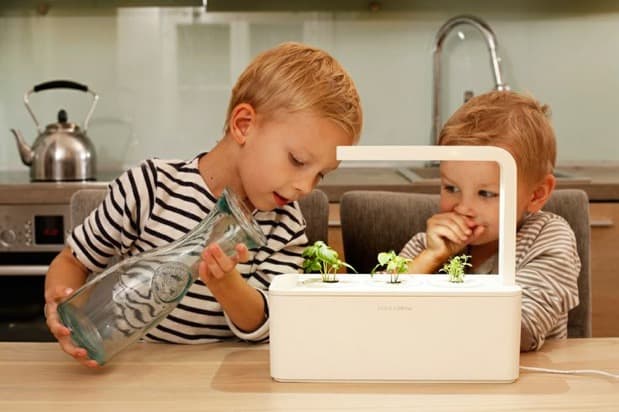Greenhouse LED Applications
From Greenhouses to Sustainable “Pinkhouses”
A photon is a terrible thing to waste in horticulture.

The use of LEDs enables:
Greenhouses vs. Vertical Farms
Different lighting requirements
Greenhouses

- High distances
- High light output
- Usually have transparent ceilings to let the sunlight in
- Compact fixtures needed to not block the incoming sunlight
- Can grow all types of plants, vegetables, flowers…
Indoor Vertical Farms

- Numerous layers to multiply the growing area
- Very short distances to fit as many layers as possible
- Low head and high uniformity requirements
- No sunlight contribution
- Can grow seedlings and small plants and vegetables
Horticulture LED Applications for Indoor/Vertical
What will the future hold?
By the year 2050, the world’s population will reach 9.1 billion. 80% of the Earth’s population will live in urban centers which means that food production must increase by 70%.

Solutions Built for Growing Demands
50K+ people can eat for an entire year from one vertical farm of 30 stories (2000K cal diet).
No insecticides and no herbicides needed. Vegetables carry less bacteria, enabling a longer shelf-life.
Lower CO2 by reducing transportation.
Remove middle layers that affects the price of food.
Safe to draughts and weather disasters.
Horticulture LED Applications for Consumers
A Market with “Astronomical” Growth
Potential to provide up to 50% of city residents food
Industry experts predict that LEDs for horticulture applications will experience dramatic growth, with unit sales expected to increase at an astounding 83.3% compound annual growth rate between 2015 and 2020.1 Fueling this expansion is the fact that the economics of LEDs now make sound fiscal sense for growers, and will increasingly become the only practical solution for large-scale deployments.
1 Jesse Foote and John Gartner, LED Lighting for Horticultural Applications, Navigant Research, 4Q 2015.

Consumer Application Benefits
Increasing awareness on food quality and security
- Non-GMO
- Chemical-free
- Fresh produce, better taste
- No preservatives or ripening agents
Better for the environment
- No CO2 emissions from transportation
- No pesticides that pollutes water
- Home farming stimulates Earth appreciation